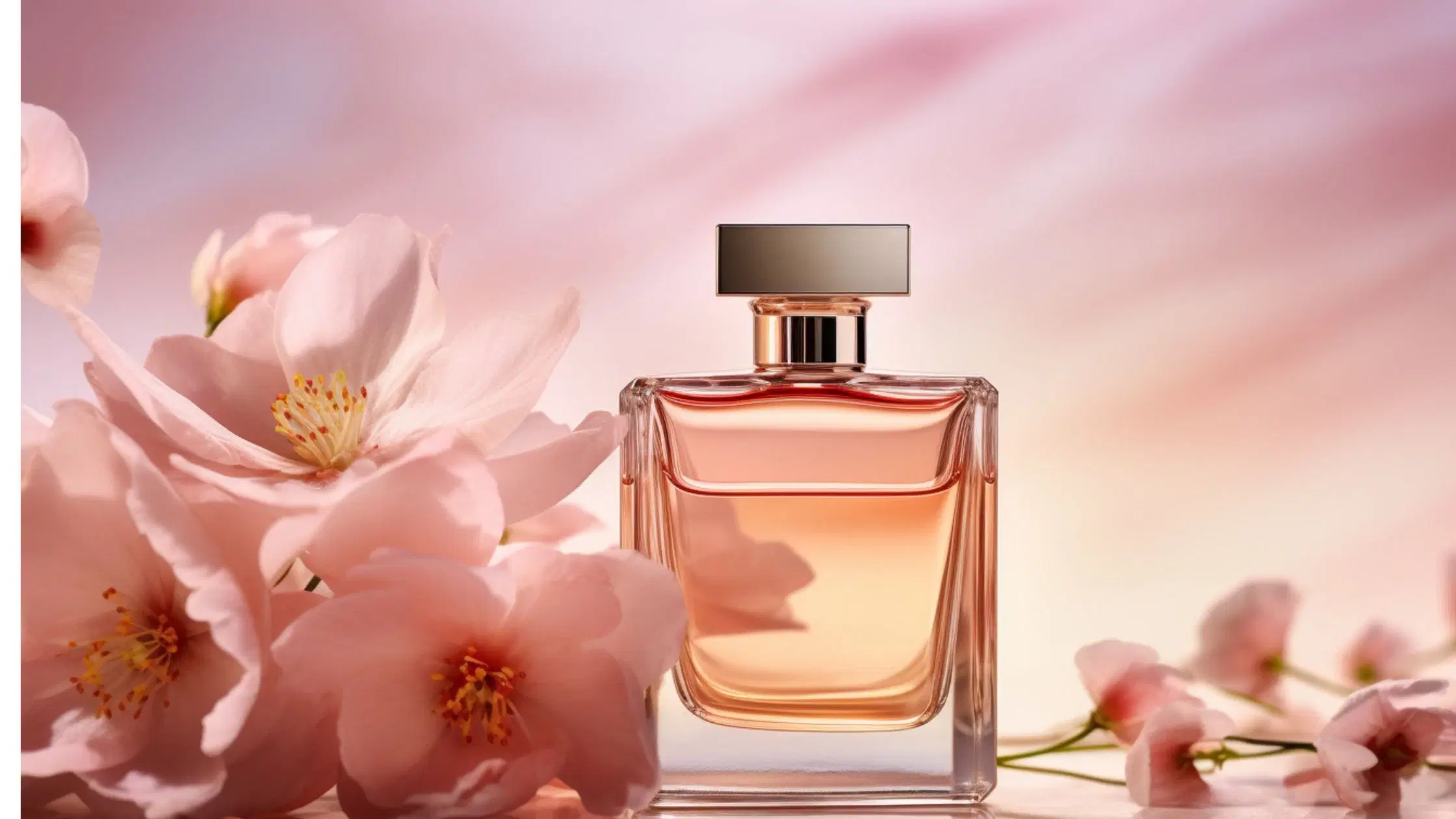
Luxury Edit
•04 min read

Perfume is more than a scent—it’s a statement, an experience, and a luxury indulgence that reflects your unique identity. However, beneath the enchanting aromas lies a hidden world of potentially harmful ingredients. This post offers a comprehensive checklist of perfume ingredients to avoid, empowering you to craft your signature scent without compromise. Here, you will learn about harmful chemicals in perfumes, toxic ingredients in fragrances, and the benefits of safe perfume alternatives that cater to a modern, style-savvy lifestyle.
Many perfumes use synthetic ingredients to enhance scent longevity and complexity, but these additions might bring unwanted risks. Some toxic ingredients in fragrances can lead to skin irritation, respiratory issues, and even hormone disruption over time. With synthetic fragrances, you may be inadvertently exposing yourself to substances like phthalates, parabens, synthetic musks, and formaldehyde-releasing agents. Such components are often hidden under vague terms like "fragrance" or "parfum" on labels.
These harmful chemicals in perfumes not only affect your personal well-being but also damage our delicate ecosystems. Synthetic fragrance risks extend to water sources and aquatic life, urging us to opt for cleaner, more ethical choices. Choosing safer scents is as much about fashion-forward self-expression as it is about health and environmental responsibility.
To help you navigate the realm of dangerous additives, here’s a detailed list of ingredients to keep off your fragrance shelf:
Phthalates: Used to increase fragrance longevity but known for endocrine disruption.
Parabens: Preservatives that mimic estrogen and may elevate cancer risks.
Synthetic Dyes: Can cause skin irritation and provoke allergic reactions.
Sulfates: Stripping agents that might disrupt skin’s natural balance.
Benzophenone and Related Compounds: Recognized for their potential carcinogenic effects.
Musk Ketone: A synthetic musk with toxicity concerns.
When reading labels, be aware that vague descriptors such as “fragrance” or “parfum” may disguise a mix of these chemicals. It is essential to use ingredient-checking apps or resources to verify what you are really wearing on your skin.

Modern trends in perfumery have given rise to luxury clean fragrances that merge sophistication with health-conscious formulations. These products are designed to exclude toxic ingredients and provide safe perfume alternatives without sacrificing allure. The rise of non-toxic perfume brands and chemical-free luxury scents is inspiring a wave of change in how we view fragrance.
Several boutique creators now specialize in non-toxic formulations that spotlight natural perfume options. Such perfumes typically harness essential oils and plant-based extracts, ensuring that the final scent is both luxurious and gentle on your skin. Benefits of these natural perfumes include reduced risk of allergens, transparent ingredient sourcing, and environmentally friendly production processes. This shift signifies a move toward ethical fragrance ingredients that align with modern values of sustainability and responsibility.
Did You Know? Many natural perfumes are crafted using essential oils extracted from flowers, fruits, and herbs, offering a safer and more sustainable alternative to synthetic fragrances.
Selecting a safer perfume starts with understanding label interpretations. Always read labels carefully and avoid products that merely list “fragrance” or “parfum” without further explanation. Opt for smaller, transparent brands known for ethical fragrance ingredients and transparent sourcing. Additionally, using ingredient-checking apps can demystify the presence of chemical additives, aiding you in making informed decisions. These practical steps also contribute to a broader cultural shift toward responsible and sustainable fashion, mirroring trends in ethical luxury.
Beyond personal health, the choice of perfume speaks volumes about your style and environmental impact. Selecting ethical and natural formulations helps reduce the load of toxic substances in products, supporting ethical fragrance ingredients and sustainable practices. This balance between luxury and responsibility echoes a commitment similar to that seen in curated collections of clothing, footwear, and accessories, ensuring that every aspect of your style is both chic and conscientious.
Embracing a cleaner fragrance collection is a journey. Start by decluttering your current perfumes and removing those that include harmful chemicals. Sampling natural perfume options is a useful step, as trying them first will help ensure they suit your skin and style. Continue to educate yourself on ingredients, keeping an eye on emerging trends in chemical-free luxury scents. These practices offer a roadmap to integrating safe perfume alternatives while maintaining the art of personal expression.
-8704a161-e35d-4932-b982-017add6889b1.png&w=3840&q=75)
Switching to non-toxic perfumes is more than a trend—it’s a positive lifestyle change. By limiting exposure to perfume allergens to avoid, you reduce the risk of skin irritations and allergies. Additionally, aligning with ethical fragrance ingredients emphasizes care for both your well-being and the environment. Enjoying luxury clean fragrances can refine your personal style, elevating your everyday routine with better health and a sustainable outlook.
Avoid phthalates, parabens, synthetic musks, formaldehyde-releasing agents, and benzophenone compounds, as these are linked to hormone disruption and skin irritation.
Be wary of perfumes with vague labels that list ‘fragrance’ without details. Look for clear ingredient lists and choose brands that prioritize transparency.
Certain phthalates like DEHP and DBP have been banned in some regions due to their endocrine-disrupting properties and potential toxicity.
The safest options are those made with natural, non-toxic ingredients, such as essential oils and plant-based extracts, that come from transparent and ethical sources.
In summary, navigating the world of fragrances becomes less daunting once you understand which perfume ingredients to avoid. By focusing on luxury clean fragrances and ethical formulations, you can enjoy distinctive scents that celebrate self-expression while safeguarding your health and the environment. This journey towards non-toxic, chemical-free luxury scents aligns with the ethos of responsible, trend-forward style, ensuring every aspect of your fashion story remains authentic and vibrant.